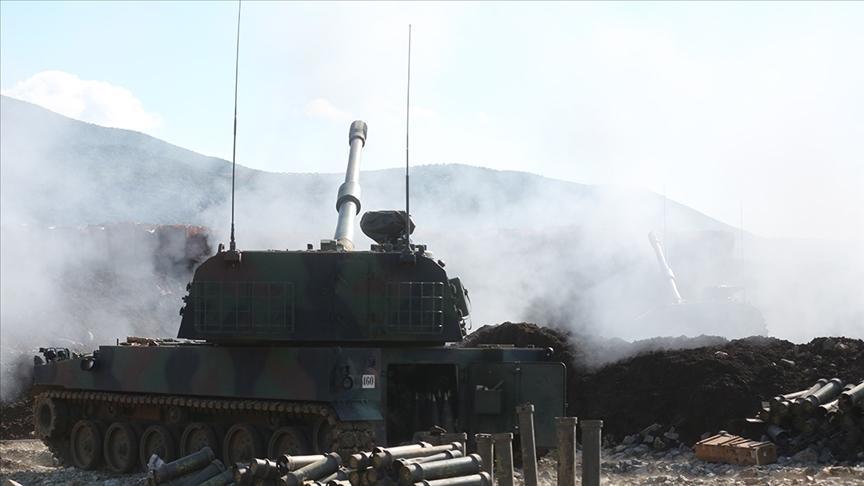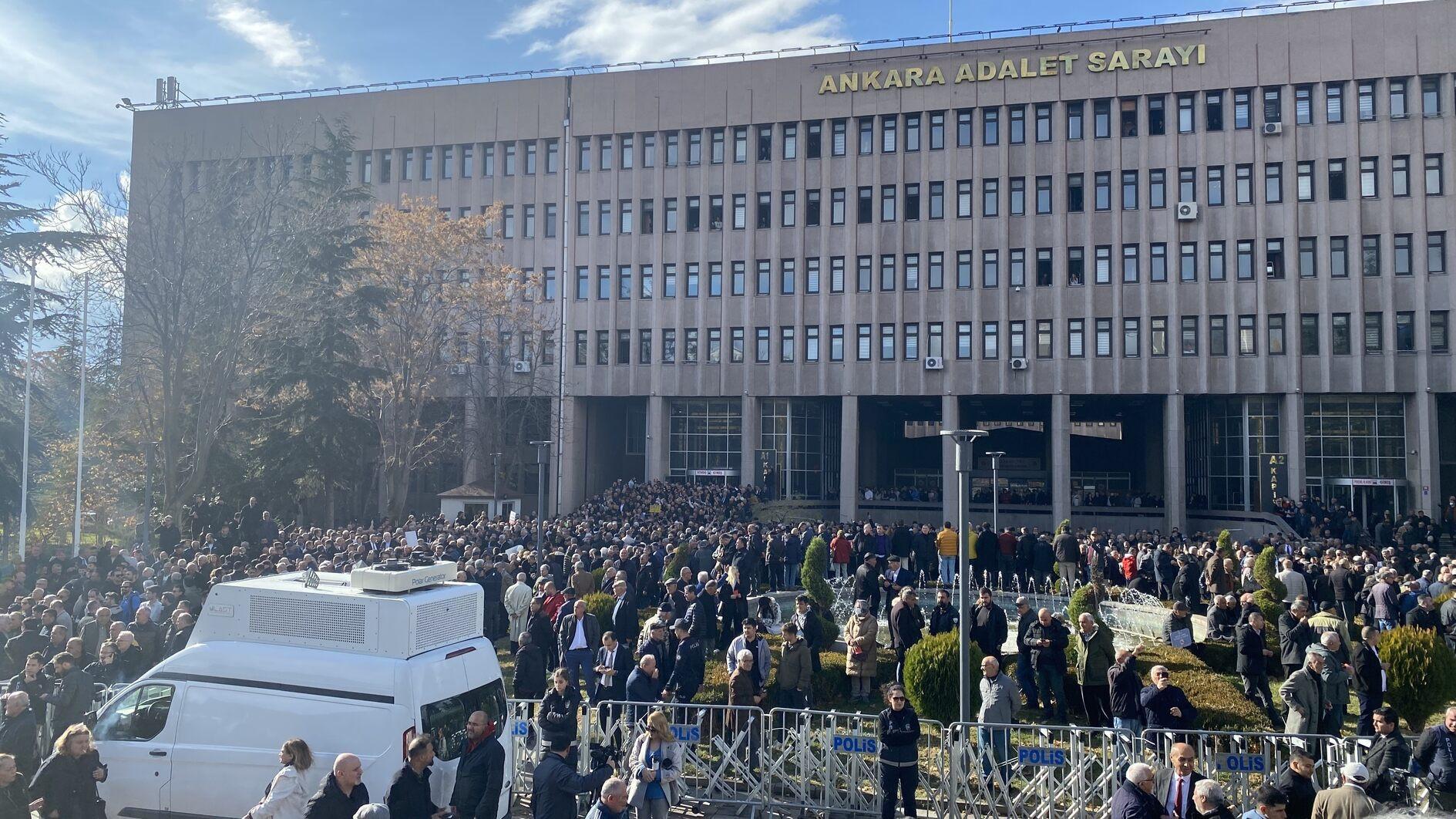400 mines across Turkey ready 'to explode,' expert says
Erdinç Çelikkan ZONGULDAK

Rescuers wait in front of the coal mine after a mine explosion in Soma, May 16. REUTERS / Osman Orsal
Some 400 mining facilities across Turkey pose massive safety risks, Mehmet Torun, a former head of the Chamber of Mining Engineers, said at a coal mining congress in the wake of the Soma disaster that took at least 301 lives.Other participants at the event in the Black Sea province of Zonguldak, the heart of coal mining in Turkey, highlighted further risks and concerns about Turkey’s planned nuclear plants.
“There 400 mines ready to explode across Turkey,” Torun said.
“It has been more than one week since the Soma [disaster]. What has changed? What are the regulations to come out? They have asked nobody’s opinions,” he said while criticizing the lack of civil contribution to a mining draft law in the pipeline.
Erdoğan Kaymakçı, deputy head of the mining engineering department at Bülent Ecevit University, said at the same event that officials and companies had failed to observe the coming disaster in Soma.
“The heating-up process, which can be called the brooding phase, was not tracked in Soma. No one can call this disaster ‘fate,’” he said, referring to the high heat levels of coal before the accident and the prime minister’s propensity for describing mining deaths as “natural” and part of “fate.”
The current head of the Mining Engineers Chamber, Ayhan Yüksel, also highlighted the risks of planned nuclear plants in Turkey in an environment of poor inspection.
“The government has been embarking on a new adventure recently. It is the nuclear plant. It is not logical to take such a foreign-dependent move before making the total use of our coal,” he said, recalling the “nuclear despair” of Japan after the Fukushima disaster in 2011.
The chamber chairman also criticized hastily prepared mining draft, which according to him, has not considered lessons from the May 13 Soma disaster. “These changes will not solve the problems of both Soma and the sector,” he said.
Other participants underlined the lack of rescue chambers which could keep miners trapped underground safe for days, the subcontractor-based business model, poor inspections and an absence of emergency plans.
















